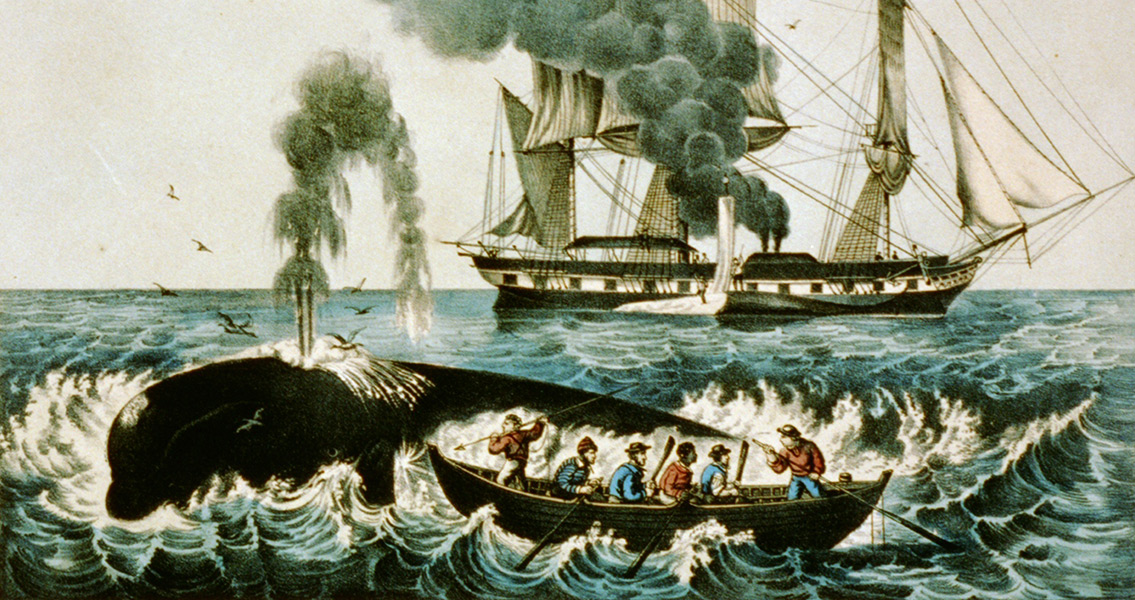<![CDATA[A new project to analyze the data left behind in whaling ship logbooks from the nineteenth century has provided climate scientists and maritime historians with yet another tool to understand weather and climate patterns of the present day. Thanks to the exacting and exhaustive notes that whalers recorded in their daily logbooks, these sources of data have proven to be invaluable in charting historical weather conditions around the globe. The lion’s share of the data is being provided by the logbook collection of the New Bedford Whaling Museum in the Commonwealth of Massachusetts, one of the many centers of historical whaling not just in the United States but around the globe. The museum’s senior maritime historian, Michael Dyer, said in an interview with the Times Union that many of these logbooks have detailed and meticulous descriptions of life aboard a whaling vessel, including the fates of the sailors serving on the ship, whenever whales were spotted, and what the weather conditions were every day. With the exactitude of these logs – which would routinely have latitude and longitude measurements accompanying each log entry – Dyer says the records are invaluable. Whaling ships cruising the Bering Strait make note of the amount of ice encountered, where it was spotted, and what time of year it was seen, which provides a comparison point for modern climate studies. Around 300 of the museum’s 2,600 logbooks have been earmarked for study, with the focus resting on whaling expeditions to Arctic waters from the middle of the nineteenth century to approximately 1910. The New Bedford Whaling Museum isn’t the only organization participating in the research project. Spearheaded by the National Oceanic and Atmospheric Administration (NOAA), the initiative has also been pulling data from the New Bedford Free Public Library, Connecticut's Mystic Seaport, Martha’s Vineyard Museum, and the Nantucket Historical Association to name but a few. Many of the source documents have been digitized and posted on the Internet to allow interested volunteers to aid the search for climate and weather data. While the most direct goal of the project is to peer into the past and reveal how Arctic climate conditions differed from today, NOAA climate scientist and the project’s lead researcher Kevin Wood says that goal is but the tip of the iceberg. The more data recovered to analyze, the better and more useful the computer models created from that data will be, which could lead to highly accurate predictions for future climate conditions. Wood said that building a detailed reconstruction of climate conditions from two centuries ago can help reveal how the Earth’s climate has been changing for an even longer period, like a “virtual time-traveling weather satellite.” ]]>
Modern Researchers Turn to Historical Whaling Record
